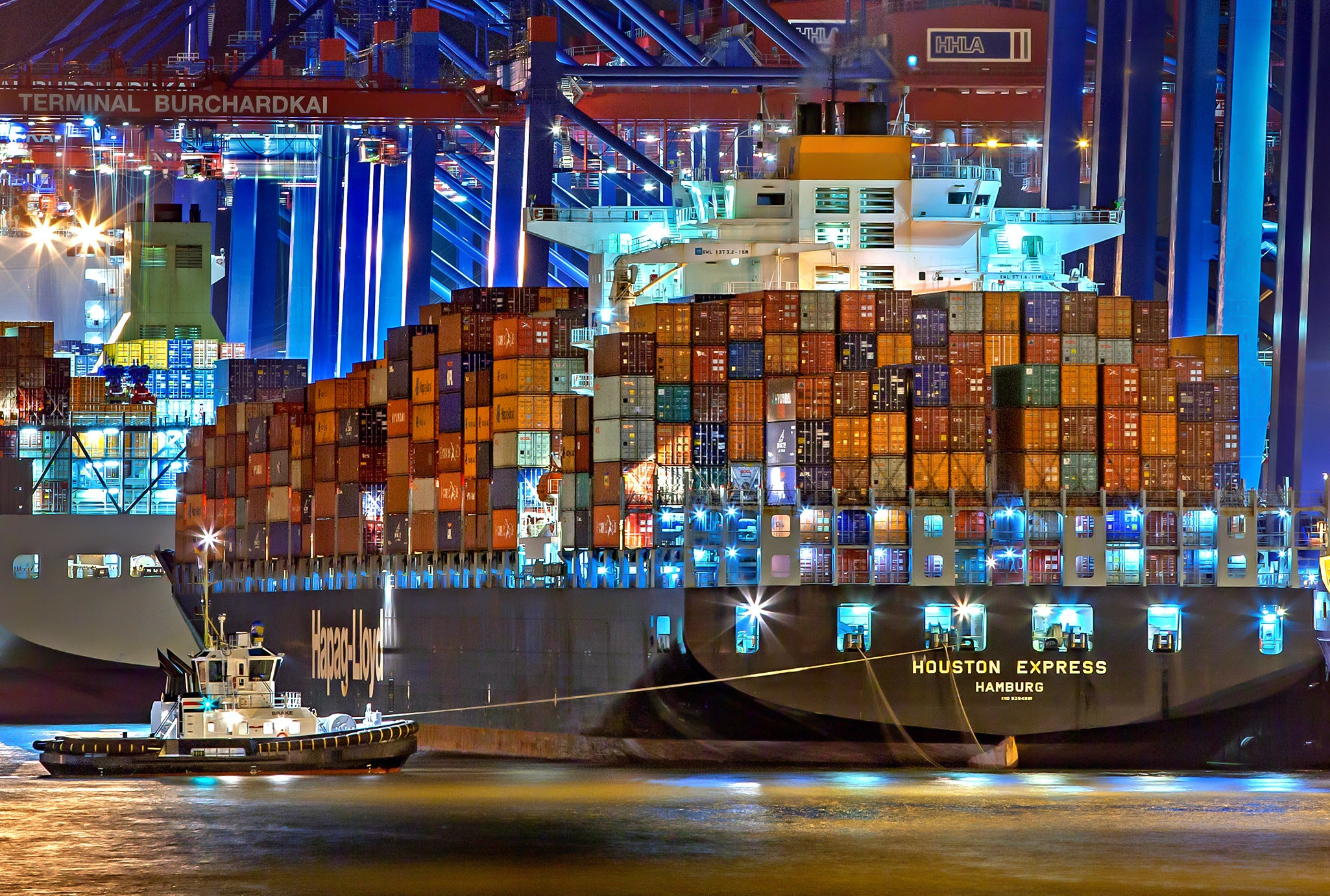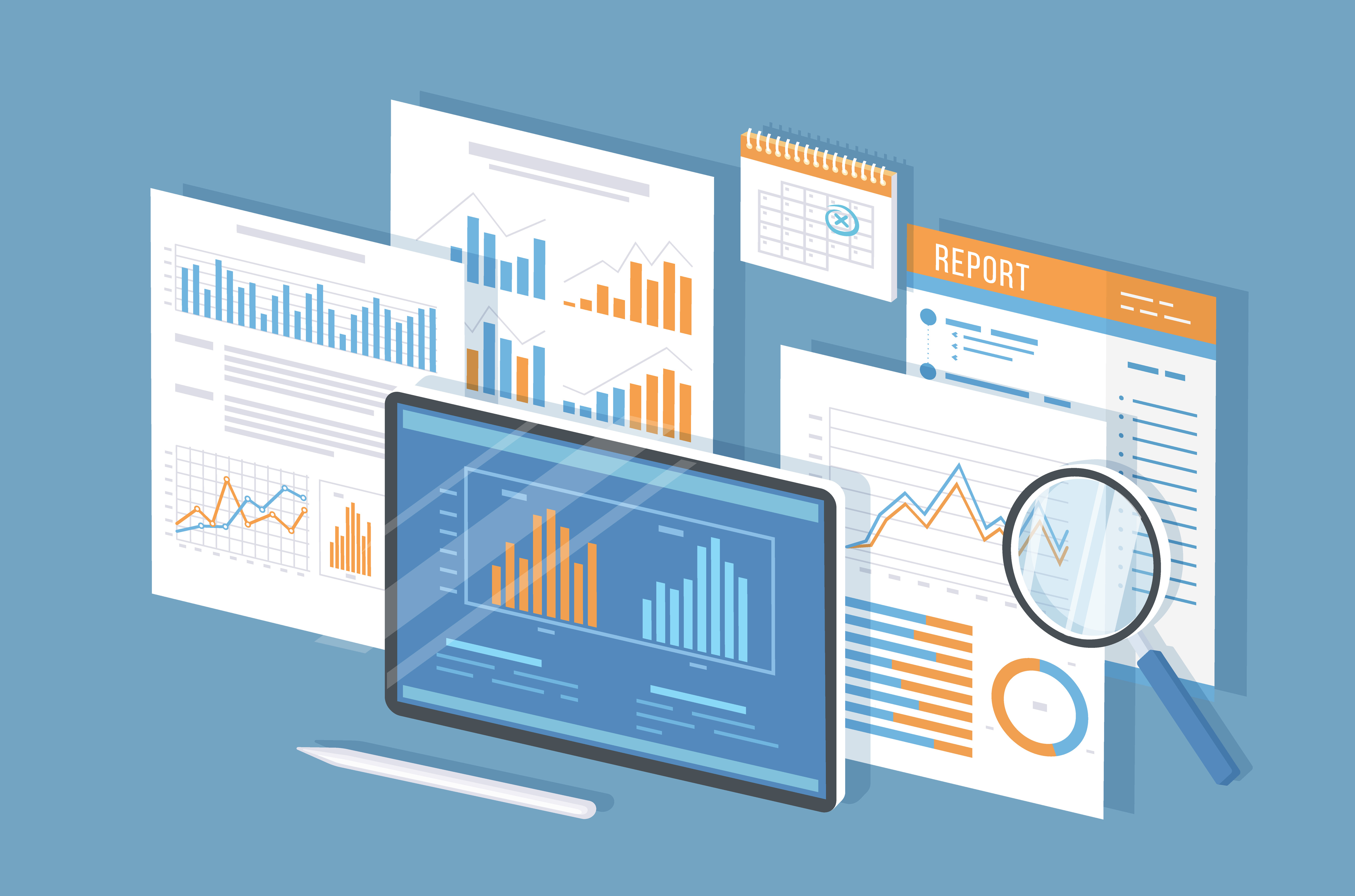In this article, we summarise where the responsibilities lie for managing safety and regulatory compliance across the food supply chain.
Every organisation and person involved in the food supply chain, be they a manufacturer, retailer or restaurant, has a vested interest in maintaining the highest possible standards for food safety. This is a collaborative responsibility guided by a range of legal requirements and regulatory bodies. This guide provides insights into these requirements, how government agencies enforce them, and who is responsible for compliance with food safety standards.
What are the main safety hazards in the food supply chain?
The introduction of Critical Control Points (CCPs) has allowed food industry professionals to control hazards at key stages of the supply chain. While these hazards are broad in nature and can certainly vary in severity, here are five of the main types:
- Microbiological: Microbiological hazards, such as pathogenic bacteria, viruses, and parasites, pose significant risks to food safety, necessitating meticulous control and monitoring protocols. CCPs can be used by food industry professionals to minimise the risk of microbial contamination and prevent foodborne illnesses.
- Chemical: The improper or unchecked use of cleaning agents, pesticides or food additives during processing can create chemical hazards. This is the reason why, for instance, maximum residue limits were introduced into agricultural practice - to avoid adverse health effects from exposure to pesticides. Regular testing can also protect consumers and provide benchmarks for the proper use of chemicals in food cultivation and production.
- Physical: Physical hazards encompass foreign objects, such as glass, metal, or wood, that may accidentally contaminate food products during manufacturing or packaging. Implementing robust quality assurance practices, such as thorough inspection and metal detectors, can minimise safety risks and maintain product integrity.
- Allergens: The proper identification and labelling of allergenic ingredients is critical to safeguarding consumers. These measures must be reinforced with comprehensive training and stringent cross-contamination prevention measures at every possible stage of the supply chain.
- Food fraud: Food fraud not only compromises food safety but also erodes consumer trust. Robust strategies, such as supply chain traceability, third-party certifications and regular authenticity testing, are essential to protecting both public health and trust in the food industry.
Which government agencies are responsible for food safety?
There are organisations and regulatory bodies for food safety around the world, many of which work together at various points across a global supply chain.
In the United Kingdom, there are several key organisations responsible for upholding food safety standards. The primary authority, the Food Standards Agency (FSA), works diligently so that businesses in the food industry operate with the utmost consideration for public health. The FSA also collaborates closely with organisations such as the Department for Environment, Food and Rural Affairs (DEFRA), which is focused on environmental and agricultural policies. This helps to create and maintain a holistic approach to food safety regulation.
One of the world’s most prominent authorities on food safety is the United States Food and Drug Administration (FDA). The FDA sets and enforces a wide range of standards, often through inspections and sanctions for non-compliance. By utilising rigorous testing and monitoring processes, the FDA helps to safeguard consumers from harmful contaminants, misleading labelling, and other food safety hazards.
In the Australia and New Zealand region, the Food Standards Australia New Zealand (FSANZ) strives to protect public health and promote consumer confidence in the food industry. Their work includes compliance monitoring, providing industry guidance and working with stakeholders across the food industry to help develop new regulatory measures.
By working in coordination, the FSA, DEFRA, FDA, and FSANZ contribute to a global framework that monitors and maintains the highest possible standards for food safety. With their collective efforts, they protect consumer interests, promote safe industry practices, and uphold the quality of food products available in the market.
What are the 9 key areas of food safety and who is responsible for implementing them?
As previously mentioned, food safety management comprises a variety of crucial areas, with each one presenting distinct challenges and responsibilities. Below are what the FSA outlines as the 9 key areas of food safety, and how they can guide food industry professionals in their efforts to comply with regulatory standards and safeguard public health.
Food hygiene
Proper handling, storage, and preparation of food are, of course, essential to preventing contamination and foodborne diseases. Responsibility for food hygiene lies with all parties involved in the food supply chain. For example, manufacturers must implement strict quality control measures, including regular sanitation and hygiene inspections. Food service providers should adhere to proper food handling practices, such as maintaining surfaces, utensils and proper storage temperatures.
Packaging and labelling
Food manufacturers and suppliers are primarily responsible for accurate packaging and labelling. They must work together so that products are released onto the market with transparent and accurate information. For example, manufacturers will confirm that packaging materials are safe for food contact and properly labelled with all necessary information. Suppliers can then verify the accuracy of this information so that the packaging meets regulatory requirements.
Allergens
Managing allergens involves accurately identifying, handling, and labelling allergenic ingredients. This role mainly falls on food manufacturers and retailers. Manufacturers should implement proper segregation and cleaning procedures to prevent cross-contamination of allergens. Retailers should also clearly label allergenic ingredients and train staff to handle and serve food with the utmost care and concern for customers with allergies.
Food additives
Food manufacturers bear the primary responsibility for overseeing and managing the use of food additives. For example, they must implement robust quality control measures, as well as maintain comprehensive documentation for traceability and transparency. This can be supported by maintaining open communication channels with relevant stakeholders and authorities, as well as participating in industry forums for guidance on the effective control and use of food additives.
Suppliers
Food retailers and service providers must verify that their suppliers adhere to the requisite food safety standards. This often entails regular compliance checks, which can involve audits and inspections of facilities, processes and accreditations. In the event of non-compliance, retailers and service providers must also establish channels for sharing insights in real time, so any concerns or issues can be addressed before they can have ramifications across the supply chain.
Traceability
Traceability in the food supply chain is a shared responsibility. For example, businesses must be preparing for the widespread implementation of FSMA 204, which has been introduced by the FDA to facilitate product recalls and tracebacks. All stakeholders in the food industry, including manufacturers, retailers and service providers, have a vested interest in ensuring the traceability of food products from farm to fork. This includes maintaining Key Data Elements (KDAs) regarding products’ origins and manufacturing, as well as creating traceability plans that can be easily shared with the FDA. Implementing these measures will allow safety issues to be quickly identified and addressed, minimising their potential impact on the supply chain. To find out more, take a look at our expert guide to preparing for FSMA 204.
Food safety inspections
Food safety inspections are conducted by regulatory bodies like the FSA, but it's the responsibility of food business operators to comply and implement any recommendations. Operators should regularly assess their operations, identify potential risks, and take necessary measures to address them. This includes implementing proper sanitation practices, employee training, and maintaining accurate records.
Product withdrawal and recall
Food manufacturers, suppliers, and retailers are responsible for executing product withdrawal and recall procedures in the event of a safety breach. Manufacturers should have protocols in place to quickly identify and address issues, including proper communication with suppliers and retailers. This will allow affected products to be removed promptly and consumers to be informed of any potential risks.
Training
Safety training is crucial for all food industry employees. Businesses are responsible for providing appropriate training on proper food handling procedures, hygiene practices, allergen management and regulatory compliance. Training programmes must remain up to date on the latest safety protocols and regulations, as well as be supported by regular refresher training and skills gap audits.
How does the government enforce food safety laws?
The government enforces food safety laws through various measures, including inspections and audits. During an inspection, officials assess the premises, equipment, and processes to identify any potential risks to food safety. In comparison, audits are usually a more thorough assessment of a business's food safety management system, including not only facilities and equipment but also policies, record-keeping procedures and training programs to verify compliance with industry standards.
Penalties for non-compliance can vary depending on the severity of the violation. They may include warnings, fines, suspension of operations, or even prosecution. Specific penalties are usually determined based on factors such as the nature of the violation, its impact on public health, and any previous history of non-compliance.
Reporting a food safety incident
As food industry professionals, it is of utmost importance to promptly report any food safety incident that occurs within our operations. This includes maintaining accurate and detailed records of the incident, ensuring that all relevant stakeholders are notified immediately, and fully cooperating with the investigating authorities.
In the event of a food safety incident, it is crucial to document all relevant information such as the date, time, and location of the incident, as well as any potential causes or contributing factors. This documentation will not only assist in the investigation process but also serve as a valuable resource for future reference and prevention.
Furthermore, it is imperative to engage in a comprehensive review and analysis of the incident to identify any deficiencies or gaps in our existing processes or protocols. By conducting a thorough examination, we can gain valuable insights into the root causes of the incident and implement necessary corrective actions to prevent similar occurrences in the future.
Continual learning and improvement are key to maintaining a high standard of food safety. By actively reviewing and learning from food safety incidents, we can enhance our practices, strengthen our preventive measures, and safeguard the wellbeing of consumers.
Read more about strengthening your food safety and the challenges that come with it in our whitepaper below on the subject. Alternatively, find out more about Foods Connecteds' award-winning food safety software and request a demo today.
.jpg)
Greer McNally
Greer has over 15 years’ experience writing about trends in the food and retail sectors. She lives in a little village by the sea in Northern Ireland and loves creating content that informs how people think about the food industry. A recent career highlight was interviewing the legend that is Dr Temple Grandin.
Stay up to date
Stay up to date
Browse Posts
- December 2025
- November 2025
- October 2025
- September 2025
- August 2025
- July 2025
- June 2025
- May 2025
- April 2025
- March 2025
- February 2025
- January 2025
- December 2024
- November 2024
- October 2024
- September 2024
- August 2024
- July 2024
- June 2024
- May 2024
- April 2024
- March 2024
- February 2024
- January 2024
- December 2023
- November 2023
- October 2023
- September 2023
- August 2023
- July 2023
- June 2023
- May 2023
- April 2023
- March 2023
- December 2022
- November 2022
- October 2022
- September 2022
- August 2022
- July 2022
- June 2022
- May 2022
- April 2022
- March 2022
- February 2022
- January 2022
- December 2021
- November 2021
- October 2021
- August 2021
/Blog%20Headers/Digital%20Food%20safety%20management%20system.jpg)

/Blog%20Headers/shutterstock_1927957907%20(1).jpg)
/Blog%20Headers/shutterstock_1845178195%20(2).jpg)
/Blog%20Headers/shutterstock_2133827717%20(1).jpg)
/Blog%20Headers/shutterstock_2473376713.jpg)
/Blog%20Headers/shutterstock_2247276303.jpg)
.png)
.png)



/Blog%20Headers/finnebrogue-hero-01-1.jpg)
/1.%20HubSpot%20Images/IMG_20230605_144537.jpg)



/Blog%20Headers/Duncan%20Spencer%20Brown.png)
/Blog%20Headers/UK%20%26%20US%20attitudes%20conversations%20about%20traceability.jpg)
/Blog%20Headers/shutterstock_2486860775.jpg)
.png)